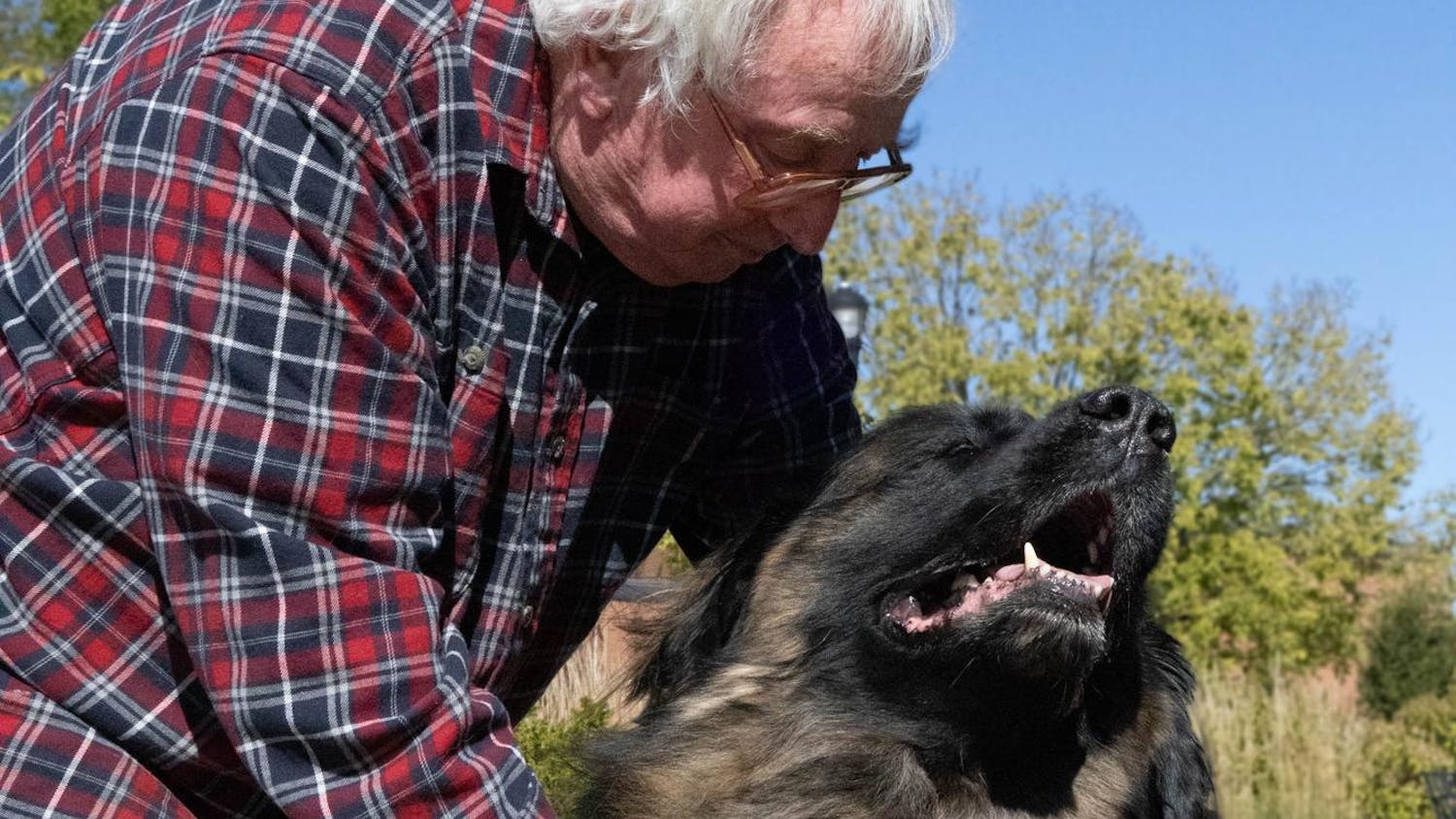By Becca Robb | Echo
You are a photographer. You take photos of your friends, your food and yourself. You curate your social media feeds to show the world your favorite moments and finest shots. Maybe you're pretty good.
But the best photographers don't settle for "pretty good." Whether you're a beginner or more experienced, these simple steps can transform your photography:
- Compose your shot.
Just cramming everything into the frame doesn't mean you're good to go. Try the rule of thirds: Divide your frame evenly with two vertical and two horizontal lines and place your subjects on the lines (this is good) or the points where the lines meet (this is better). People's eyes naturally glide to these points, making the rule of thirds a simple way to strengthen your composition.
- Choose your subject.
For selfies, it's best to shoot from an angle slightly above your eyes. This brings out the natural angles in your face and eliminates any double chins. But higher is not always better. An overly high angle looks unnatural and makes your selfie look fake.
- Consider your lighting.
When shooting outdoors, you'll often find the best portrait light during cloudy and overcast days. The soft illumination eliminates creepy eye socket shadows and doesn't highlight people's imperfections like harsh, 1 o'clock sunlight does.
The most important step to remember in shooting photos is to whip out your phone and actually take photos! These principles are no use if you leave your phone in your pocket and let some inexperienced phone-owner snap your shots. (Almost) anything can be art-if it's compelling to you, it may be compelling to someone else.





